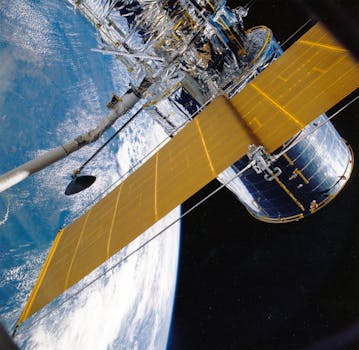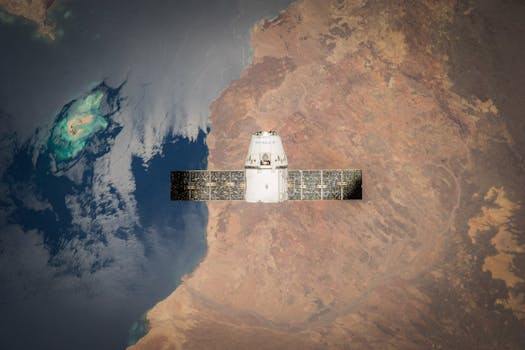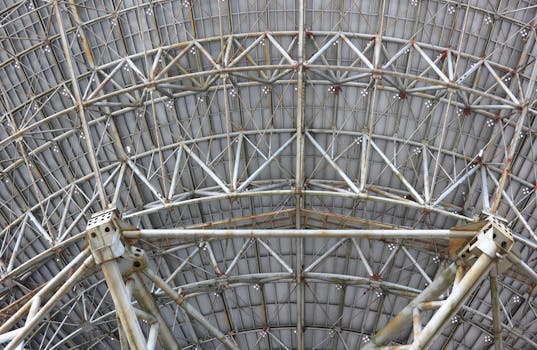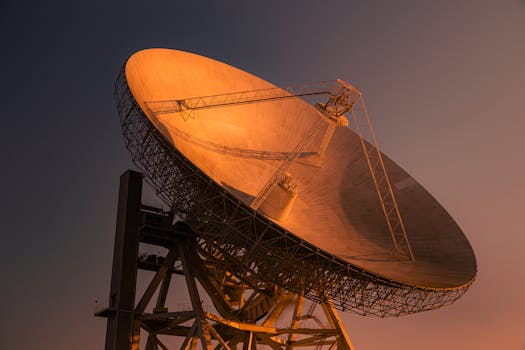Navigating Change: The Latest Trends in Satellite Telecommunications and Their Impact

Navigating Change: The Latest Trends in Satellite Telecommunications and Their Impact
Navigating Change: The Latest Trends in Satellite Telecommunications and Their Impact is a crucial aspect of the modern telecommunications industry. The satellite telecommunications industry is undergoing a significant transformation, driven by advancements in technology, shifting consumer demands, and the need for greater connectivity. As the world becomes increasingly dependent on digital communication, the role of satellite telecommunications in facilitating global communication and providing access to remote and underserved areas has become more critical than ever.
Introduction to Satellite Telecommunications

Satellite telecommunications involve the use of satellites orbiting the Earth to transmit and receive signals, facilitating communication between different locations. The industry has experienced significant growth over the years, with the number of satellites in orbit increasing exponentially. Today, satellite telecommunications play a vital role in various sectors, including telecommunications, navigation, weather forecasting, and remote sensing.
Current Trends in Satellite Telecommunications

Several trends are currently shaping the satellite telecommunications industry. One of the most significant trends is the increasing demand for high-throughput satellites (HTS), which offer higher bandwidth and faster speeds. HTS are being used to support a wide range of applications, including broadband internet, mobile networking, and video transmission. Another trend is the growing adoption of small satellites, also known as CubeSats, which are smaller, cheaper, and more agile than traditional satellites. CubeSats are being used for various applications, including Earth observation, communication, and scientific research.
Impact of Satellite Telecommunications

The impact of satellite telecommunications on the world is multifaceted. On the one hand, satellite telecommunications have revolutionized the way people communicate, providing access to remote and underserved areas. Satellite telecommunications have also enabled the widespread adoption of mobile devices, facilitating global communication and commerce. On the other hand, the increasing reliance on satellite telecommunications has also raised concerns about the environmental impact of space debris and the potential for signal interference. Furthermore, the high cost of launching and maintaining satellites has limited access to satellite telecommunications for many individuals and organizations.
Future of Satellite Telecommunications

Despite the challenges, the future of satellite telecommunications looks promising. Advances in technology are expected to drive down costs and increase efficiency, making satellite telecommunications more accessible to a wider range of users. The development of new applications, such as satellite-based internet of things (IoT) and 5G networks, is also expected to drive growth in the industry. Additionally, the increasing focus on sustainability and environmental responsibility is likely to lead to the development of more eco-friendly satellite technologies and practices.
See more:





